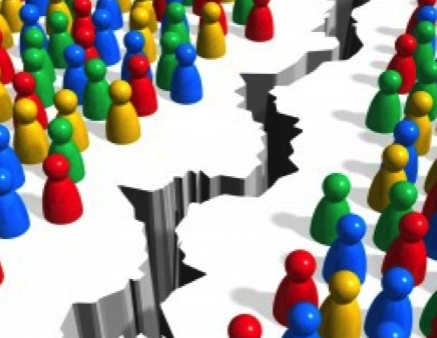Researchers at the University of Pennsylvania have intensively studied the New York Times list of most-e-mailed articles, checking it every 15 minutes for more than six months, analyzing the content of thousands of articles and controlling for factors like the placement in the paper or on the Web home page. The results show that:
- People preferred e-mailing articles with positive rather than negative themes
- More emotional stories were more likely to be e-mailed
- They liked to send long articles on intellectually challenging topics (Editorial note: remember the audience)
- Most of all, readers wanted to share articles that inspired awe, an emotion that the researchers investigated after noticing how many science articles made the list. In general, 20% of articles that appeared on the Times home page made the list, but the rate rose to 30% for science articles
- Surprising articles, like one about free-range chickens on the streets of New York, were also more likely to be e-mailed


